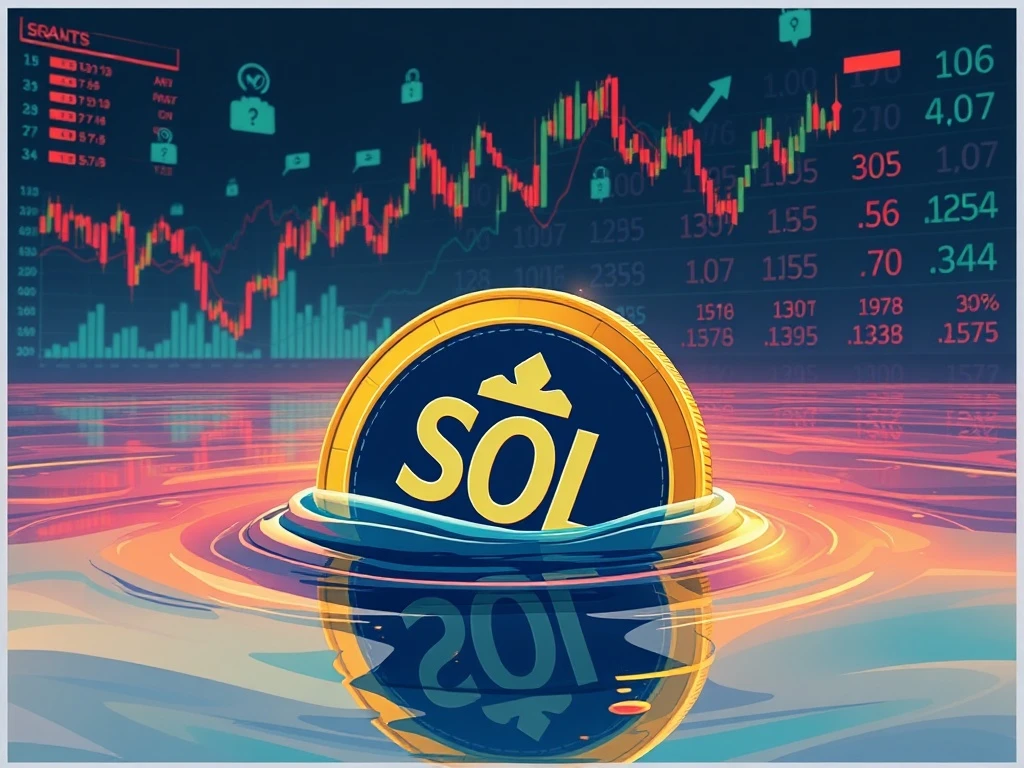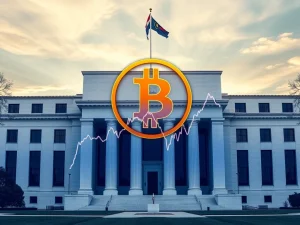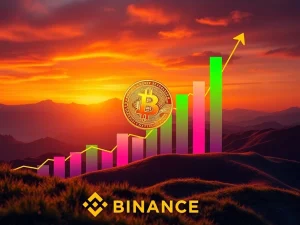Solana ETFs Launched: Why SOL’s Price Isn’t Exploding Past $200 (Yet)

The cryptocurrency world buzzed with anticipation for the launch of Solana ETFs. Many investors predicted a significant rally, pushing SOL price well above $200, possibly even to $300 or $1,000. However, despite the successful launch of these new investment vehicles, Solana (SOL) currently trades below the $200 mark. This unexpected stagnation has led many to question: are traders simply selling the news?
Understanding the Solana ETF Launch and Market Reaction
Solana ETFs have officially arrived, generating considerable excitement among market participants. Grayscale Investments launched its staking-enabled Solana spot ETF (GSOL) on Wednesday. Before this, the Bitwise Solana Staking ETF (BSOL) went live on Tuesday. Crypto News Insights reported that BSOL debuted with an impressive $222 million in assets under management. It further ended its second day of trading with a substantial $72 million in trading volume. These figures clearly indicate strong institutional interest and initial investor engagement.
Despite these positive launch metrics, the SOL price has not reacted as bullishly as many expected. Throughout September, analysts were highly optimistic about SOL, citing the US Securities and Exchange Commission’s (SEC) October 10 deadline for some spot ETF approvals. They also pointed to the stellar performance seen with Bitcoin (BTC) and Ethereum (ETH) ETFs as a strong precedent. At that time, data showed various investor groups actively accumulating SOL futures and spot holdings. However, a US government shutdown introduced uncertainty, and a broad crypto market liquidation event on October 10 temporarily sent SOL’s price as low as $147 on some exchanges. This history provides context for the current market sentiment.
Why Isn’t SOL Price Soaring? Comparing to Bitcoin’s ETF Trajectory
Many investors anticipated that a Solana ETF approval and successful launch would propel SOL into the $300 to $600 range. Yet, the altcoin remains under $200. This situation mirrors a similar trend observed after the Bitcoin spot ETF launch. Hyblock analysts offered valuable insight into this phenomenon. They noted that Bitcoin’s price also trended flat or slightly down (around -5%) immediately following its ETF launch, despite growing inflows. Eventually, inflows surged, marking a bottom for BTC price before a significant rally.
The analysts suggest that the Solana ETFs might be undergoing a similar cycle. Initial excitement often fades, leading to a temporary lull. Furthermore, the timing of this week’s FOMC meeting could be a factor. Many participants, especially institutions buying via ETFs, likely de-risk ahead of such important economic announcements. This behavior is expected for high-profile events. Therefore, the current price action might not be a red flag but rather a predictable phase in the post-ETF launch cycle.
This comparison to Bitcoin’s post-ETF performance offers a potential roadmap for SOL. While immediate gains were not realized, historical patterns suggest that patience might be key for those expecting a substantial Solana price prediction to materialize. The market often takes time to digest new investment products and for sustained institutional capital to flow in.

The ‘Sell the News’ Phenomenon and Market Dynamics for SOL
The concept of ‘sell the news’ is common in financial markets. It describes a scenario where an asset’s price rises sharply in anticipation of a positive event. Once the event occurs, traders who bought on speculation then sell their holdings, causing the price to drop or stagnate. This could be a contributing factor to the current SOL price action. Many investors likely bought SOL in the weeks leading up to the ETF approvals, hoping for immediate gains. Once the ETFs launched, some of these traders might have exited their positions, locking in profits or minimizing risk.
Current market data supports the idea that sellers are presently dominating SOL’s price action. Orderbook analysis highlights key support levels for Solana between $188 and $185. Conversely, significant resistance is observed at $204 and $207. Overcoming these resistance levels will be crucial for any upward movement. The trading volumes for the new crypto ETF products are encouraging. However, these inflows need to be sustained and grow significantly to absorb selling pressure and drive prices higher. The market is still in a discovery phase, assessing the long-term impact of these new investment vehicles on Solana’s valuation.

What’s Next for Solana’s Price?
While the immediate reaction to the Solana ETFs has been subdued, the long-term outlook remains a topic of debate. Analysts continue to monitor institutional flows into these new products. Sustained inflows could eventually provide the necessary buying pressure to push SOL past current resistance levels. The comparison to Ethereum’s lagging performance after its spot ETFs launched also offers a cautious perspective. ETH also experienced a period of consolidation before finding its footing.
For Solana, the journey post-ETF launch might involve a similar consolidation phase. Investors should consider market fundamentals, broader crypto trends, and macroeconomic factors like interest rate decisions. The introduction of regulated investment products like these ETFs is a significant step for Solana’s ecosystem. It offers a new avenue for traditional investors to gain exposure. However, the path to substantial price appreciation often requires more than just an event; it demands sustained adoption and capital commitment. The coming weeks will reveal if Solana can replicate Bitcoin’s eventual post-ETF surge, moving beyond the current ‘sell the news’ sentiment.
This article does not contain investment advice or recommendations. Every investment and trading move involves risk, and readers should conduct their own research when making a decision.









